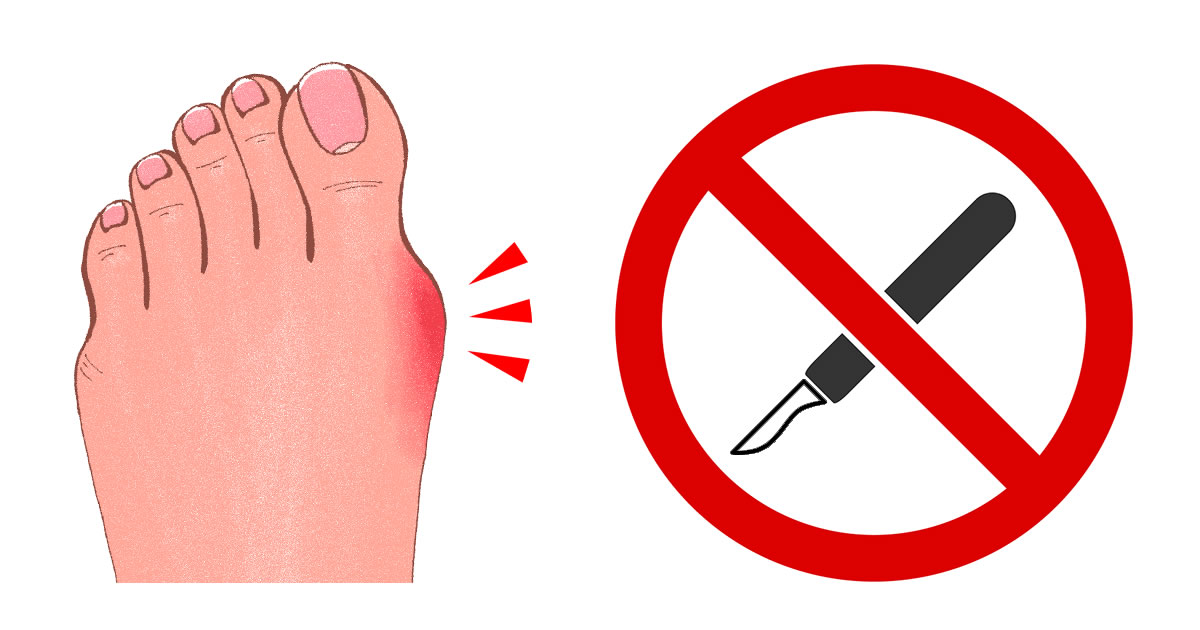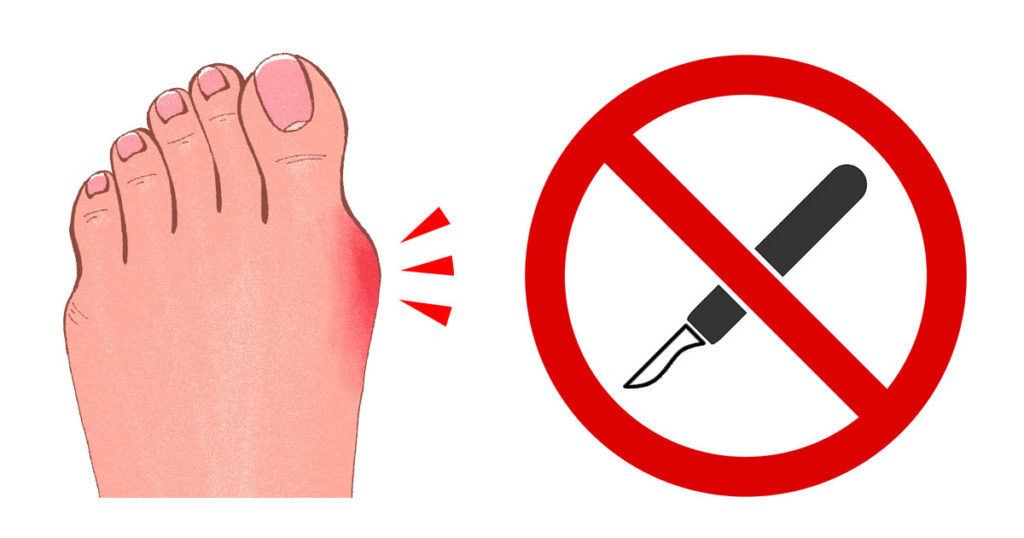How to Fix Walking on Toes: Top Solutions for a Toe-Tapping Dilemma
To fix walking on toes, consult a doctor or physical therapist for proper assessment and treatment. Exercises and stretches can help improve muscle flexibility and strengthen the lower leg muscles, addressing the root cause and promoting normal gait patterns.
Walking on toes, also known as toe walking, can be a habit or a symptom of an underlying issue such as cerebral palsy or tight calf muscles. Addressing this issue is essential to prevent long-term complications and improve overall mobility.
In this guide, we’ll explore effective strategies to address toe walking, including exercises, stretches, and other interventions that can help correct this walking pattern. By understanding the causes and appropriate interventions, individuals can work towards walking with a natural heel-to-toe gait, promoting optimal movement and reducing the risk of related problems.

Credit: www.nytimes.com
Understanding Toe-tapping
Toe-tapping is a common issue many people face while walking, but it can be fixed. Learn how to correct the habit of walking on your toes and improve your overall posture and balance.
Toe-tapping, also known as walking on toes, is a common behavior observed in some children. It refers to the habit of walking on the balls of the feet instead of using the whole foot to take steps. While occasional toe-tapping may not raise concerns, persistent toe-walking beyond a certain age can indicate an underlying issue that needs attention.
Causes Of Toe-tapping
Various factors can contribute to toe-tapping in children. Here are a few common causes:
- Tightness in the calf muscles: When the muscles at the back of the legs are shorter or tighter than usual, it can lead to toe-tapping. This tightness can be due to a physiological condition or even certain neurological disorders.
- Sensory processing issues: Some children may find the sensation of full contact with the ground uncomfortable. As a result, they instinctively walk on their toes to reduce sensory input and create a more controlled environment.
- Motor coordination difficulties: Toe-tapping can also be a symptom of poor motor coordination. Children with conditions like cerebral palsy or developmental delays often struggle with coordinating their lower limbs while walking, leading to toe-tapping as a compensatory mechanism.
- Idiopathic toe-walking: In some cases, toe-tapping may have no identifiable cause and is referred to as idiopathic toe-walking. This term is used when all medical evaluations fail to uncover a specific reason for the toe-tapping behavior.
Why Walking On Toes Is A Concern
While occasional toe-tapping is usually harmless, persistent toe-walking beyond the age of two or three can be a cause for concern. Here’s why:
- Delayed development: Walking on toes can interfere with the normal development of the foot and leg muscles. This can lead to issues with balance, coordination, and overall motor skills.
- Orthopedic problems: Toe-tapping can contribute to certain orthopedic problems, such as shortened Achilles tendons or contractures, which can affect the child’s ability to walk normally.
- Social and emotional impact: Persistent toe-tapping can make it socially challenging for the child, potentially leading to teasing or exclusion by peers. It may also affect the child’s self-esteem and confidence.
Recognizing the causes and understanding the concerns associated with toe-tapping is crucial in addressing this behavior early on. By doing so, appropriate interventions and therapies can be implemented to help children overcome toe-walking and achieve healthy, balanced walking patterns.

Credit: tucson.com
Identifying The Problem
Identifying the problem of walking on toes is crucial for effective Intervention. Before fixing the issue, understanding the underlying cause is important. Parents and caregivers play a vital role in observing and recognizing patterns of toe-walking in children. Likewise, knowing when to seek professional help is essential for timely intervention. Let’s delve into how to identify the issue and when to seek professional assistance for toe-walking patterns.
Observing Toe-walking Patterns
Observing a child’s gait and how they distribute their weight while walking is important. It’s common for toddlers to occasionally walk on their toes as they develop coordination, but if this habit persists beyond the age of three, it may indicate an underlying issue. Look for signs such as stiffness in the ankle and limited dorsiflexion, which is the movement of the foot upward toward the shin. Additionally, observing how frequently the child walks on their toes and whether they are able to walk flat-footed when reminded can provide valuable insights.
When To Seek Professional Help
If a child continues to walk on their toes persistently beyond the age of three, it’s advisable to seek professional help. Consulting a pediatrician or a physical therapist can provide a thorough evaluation to determine if there are any underlying physical or neurological conditions contributing to the toe-walking. Professional intervention is essential to address any potential developmental issues and prevent any long-term impact on the child’s gait and posture.
Treating Toe-tapping
Engaging in physical therapy exercises can help treat toe-tapping by improving muscle strength and flexibility.
Implementing stretching and strengthening techniques can aid in correcting toe-tapping by targeting specific muscle groups.
Utilizing orthotics and footwear modifications can provide support and alignment to reduce toe-tapping behavior.
Considering surgical options may be necessary for severe cases of toe-tapping that do not respond to other treatments.
Preventing Recurrence
To fix walking on toes, it’s essential to prevent recurrence by practicing stretching and strengthening exercises regularly. Wearing supportive footwear and seeking professional guidance can also aid in correcting the issue. Implementing these strategies can help in effectively addressing and preventing toe walking.
Maintaining Good Foot Health
Taking care of your feet is essential to prevent a recurrence of walking on toes. By maintaining good foot health, you can minimize the risk of developing this condition again. Here are some steps you can take: 1. Wear supportive footwear: Invest in comfortable shoes that provide proper arch support and cushioning. Avoid high heels or shoes that force your toes into an unnatural position. 2. Practice regular foot exercises: Perform simple stretching exercises to improve flexibility and strengthen the muscles in your feet. This can help correct any imbalances and prevent toe walking. 3. Keep your feet clean and dry: Wash your feet daily with mild soap and warm water. Dry them thoroughly, especially between the toes, to prevent fungal infections. 4. Trim your toenails: Cut your toenails straight across and avoid cutting them too short to prevent ingrown toenails. 5. Stay hydrated: Drink plenty of water to maintain good overall hydration, which is crucial for healthy feet.Implementing Lifestyle Changes
Besides maintaining good foot health, making certain lifestyle changes can contribute to preventing recurrence of walking on toes. Here are some tips to consider: 1. Opt for physical therapy: Work with a physical therapist who can design a personalized exercise program to address any underlying issues contributing to toe walking. Regular therapy sessions can help you maintain proper walking patterns. 2. Check your sitting and standing posture: Pay attention to your posture, both while sitting and standing. Keep your spine aligned and avoid slouching to prevent imbalances that could affect your gait. 3. Use orthotic devices: In some cases, your healthcare provider may recommend custom orthotic devices such as shoe inserts or braces. These can help correct foot alignment and provide support while you walk. 4. Seek medical guidance: Consult with a healthcare professional if you notice a recurrence of toe walking or any other concerns about your foot health. They can provide expert advice tailored to your specific needs. By following these tips and maintaining good foot health, you can significantly reduce the chances of walking on toes in the future. Remember to consult with a healthcare professional for proper diagnosis and guidance based on your individual situation.
Credit: www.softstarshoes.com
Frequently Asked Questions For How To Fix Walking On Toes
What Is The Main Cause Of Toe Walking?
The main cause of toe walking is tight calf muscles and tendons, commonly seen in children with developmental delays or neurological conditions.
Can Toe Walking Be Corrected In Adults?
Yes, toe walking in adults can be corrected through physical therapy, orthotics, and footwear modifications. Consult a healthcare provider for proper diagnosis and treatment options.
How Do You Break A Toe Walking Habit?
To break a toe walking habit, try wearing supportive shoes and using orthotics, practicing heel-walking exercises, and stretching regularly. You can also consult a physical therapist for guidance and support. Avoid walking barefoot whenever possible and gradually increase the time spent walking with proper heel contact.
Does Toe Walking Go Away?
Toe walking may go away on its own as a child grows. However, if it persists beyond the age of 2 or causes problems with walking or balance, medical evaluation is recommended.
Conclusion
Incorporating the suggested exercises and techniques into your routine can help improve your condition. By stretching and strengthening the muscles, you can correct your toe walking habits and prevent future issues. With dedication and consistency, you can achieve a more natural and healthier gait.
Embrace the process and strive for progress.






